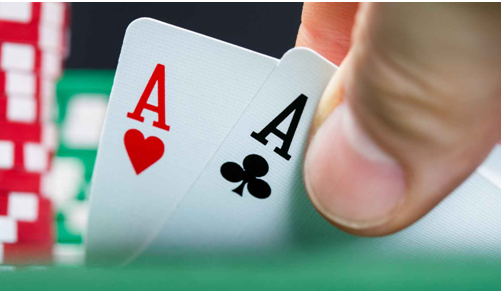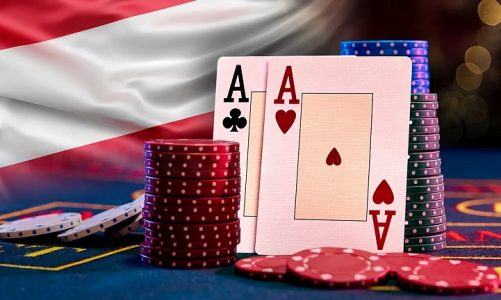If you are one of those who play poker idn to escape higher education or an intellectual or technical job, we have very bad news. Jokes aside, in this article you will learn about the importance of mathematics in poker and its great relevance to achieve victories in your games. This poker math leaves behind some of the clichés of our favorite card game, like that of tough and brave men in a smoky room, guided only by their bravery and not by strategy. Using mathematics in poker to calculate winning probabilities is very important in the long run, since they can open us up to see the plays as they really are, and not as they appear from the start.
Bonus track: poker math is not everything
Before we dive into how mathematics can help you in poker, it is important that you know that they are not everything. The reading of the opponent’s hands will be the main factor that you must “cross” with the mathematical component, in order to make correct decisions in 90% of the cases. You have probabilities slightly higher than 50%.
Along with the reading of hands and the probabilities, the ‘tells’, the luck in specific moments etc, but these last minority factors do not add up to more than 10% of the equation. Remember the principle – focus on the few things that will give you the most results. Then there will be time to spin finer.
Poker Math: How Many Cards Are I Worth?
To get to the question of “How many cards will this hand win me?” We need to know 3 things: the common cards, our hand and the opponent’s. Obviously, we will already know two of them and we will try to deduce the other. Without hand reading, there is no math in poker, and without equations, it is of little use to read hands. From here, we take a picture: who is ahead, and what cards will make us win.
In this case, we will count that there are 46 cards to be seen (you remove the four common and the two yours), or 47 depending on the moment of turn. The next number to draw is the number of cards that we use to win. Put that you have QK and on the flop 5-2-8-10, with your rival A. If of the two can hit neither a flush nor a straight, you would be worth six cards, well if nothing comes out, he wins with high card A. In this case, there are two methods:
Method 1: Multiply by 2: As there are 46 cards, if we multiply the 6 cards that are worth 2 by 2, we will have the approximate 12% that is useful to us.
Method 2: Exact calculation: 6/46 * 100 = 13%. Of 6 cards that serve us, between 46 that there are per 100. This way we get the options that we have to win exactly.
The second method is more accurate, but the first is faster to calculate and can be more comfortable in a poker p2play game.






